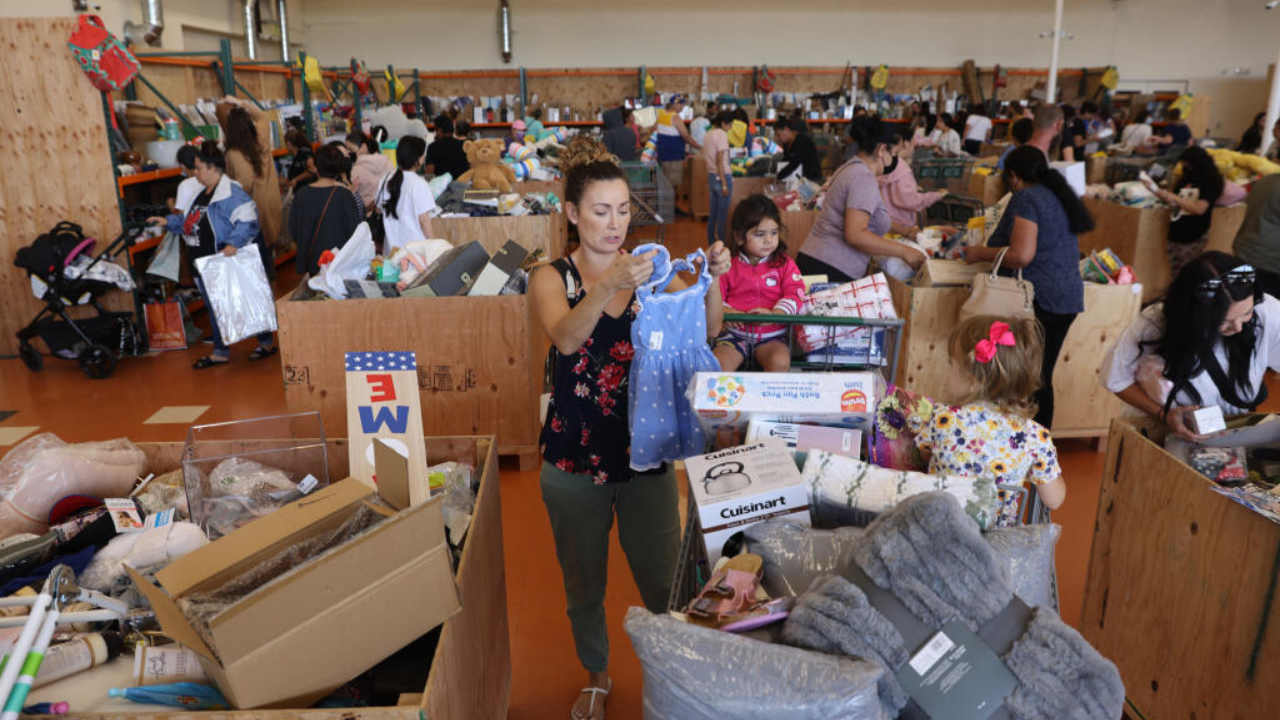
Across the country, a quiet retail revolution is taking place. As inflation squeezes wallets and traditional retail prices climb higher, more Americans are discovering an unexpected solution: overstock outlets and liquidation stores.
These unassuming locations—often tucked into strip malls or repurposed big-box spaces—are becoming treasure troves for everyday shoppers. From brand-name electronics to home goods and fashion finds, the deals are real, the shelves are full, and the experience is anything but ordinary.
Overstock outlets are retail stores that sell excess inventory from major retailers like Amazon, Target, Walmart, and others. The products range from customer returns and shelf pulls to brand-new items that didn’t sell during a promotion or season.
Rather than letting these items gather dust in warehouses or end up in landfills, retailers offload them to liquidation and overstock resellers—who then pass the savings directly to customers. It’s a win-win that turns inefficiency in the supply chain into unbeatable bargains for budget-conscious shoppers.
The appeal of overstock outlets isn’t just about low prices—it’s about the thrill of discovery. Shoppers never know exactly what they’ll find, which makes each visit feel like a mini adventure. That element of surprise is something e-commerce, with its algorithm-driven predictability, simply can't replicate.
In a world filled with inflated prices and impersonal experiences, walking into the bin store near me offers something refreshing: real deals, real people, and real products you can touch, test, and take home immediately.
Many shoppers worry that lower prices mean lower quality—but overstock outlets are proving otherwise. Items often include brand-new goods in perfect condition, or open-box returns that have never been used. You might find a name-brand kitchen appliance for 70% off retail or a designer jacket for under $10.
These stores aren’t offering “cheap” products—they’re offering value. That distinction matters to modern shoppers, who are increasingly focused on smart, intentional purchases that don’t break the bank.
As side hustles and resale businesses explode, liquidation outlets are becoming key sourcing hubs for entrepreneurs. Platforms like eBay, Mercari, and Facebook Marketplace are filled with items sourced from bin stores and overstock centers.
With a low barrier to entry and a high upside, many people are turning casual shopping into a serious income stream. A visit to the local overstock outlet isn’t just a way to save—it’s a business opportunity waiting to be unboxed.
Another reason for the rising popularity of liquidation outlets? Sustainability. Shoppers are increasingly aware of how much waste is created by unsold inventory, returns, and overproduction. Overstock stores extend the life of these products, keeping them out of landfills and in the hands of people who need them.
Shopping here doesn’t just feel good for your wallet—it feels good for the planet. And unlike many eco-conscious options, liquidation shopping doesn’t require paying a premium for your principles.
Overstock outlets are changing the way Americans think about value. They’ve created a new kind of retail experience—one that’s built on savings, surprise, and sustainability. And as more people discover their local liquidation gems, this once-niche segment is becoming a mainstream movement.
Whether you're hunting for a deal, launching a side hustle, or simply trying to shop smarter, America’s love affair with liquidation is only just beginning.